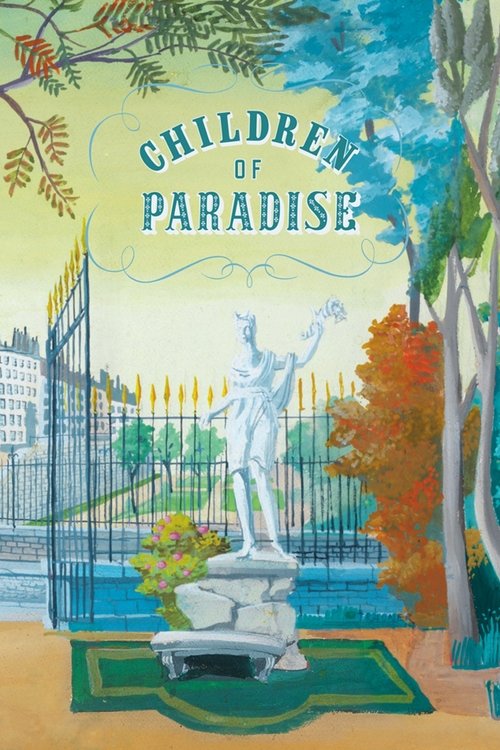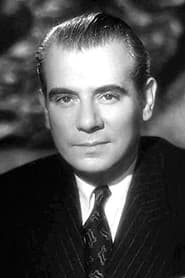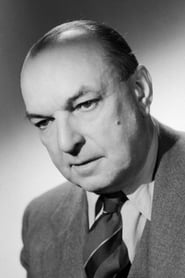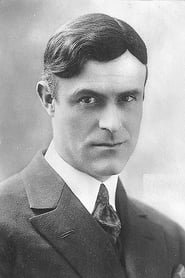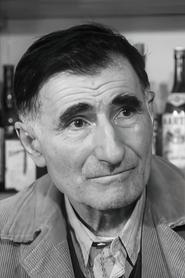Cast
View AllArletty
as Claire Reine, dite Garance
Jean-Louis Barrault
as Baptiste Debureau
Pierre Brasseur
as Frédérick Lemaître
Marcel Herrand
as Pierre-François Lacenaire
María Casares
as Nathalie
Louis Salou
as Édouard comte de Montray
Pierre Renoir
as Jericho
Jane Marken
as Mme Hermine
Gaston Modot
as Fil de Soie
Fabien Loris
as Avril
Marcel Pérès
as Le directeur des Funambules
Etienne Decroux
as Anselme Debureau
Marcelle Monthil
as Marie
Louis Florencie
as Le gendarme des 'Adrets'
Habib Benglia
as L'employé des bains turcs
Crew
Director
- Marcel Carné
Producer
- Raymond Borderie
- Fred Orain
Reviews
CinemaSerf
Told in two acts with a curtain rising on both sections, this is quite a stylish, lavish even, and entertaining tale of a lady of the streets. "Garance" (Arletty) who sometimes uses her real name of "Claire Reine" is actually quite a decent woman who is wrongfully accused of pickpocketing in a busy market. Fortunately, the mime artist "Baptiste" comes to her rescue and quickly falls hook, line and sinker for the beautiful and charismatic woman. His problem is that she has no lack of suitors, and over the next three hours or so we are introduced to the lively and foppish "Lemaître" (Pierre Brasseur); the even more flamboyant but roguish "Lacenaire" (Marcel Herrand) and the aloof and sterile, but very wealthy "Comte de Montray" (Louis Salou). The plot itself isn't especially remarkable. A woman in the flushes of youth and attractiveness being sought after by a diverse collection of men. What makes this stand out is the marvellously applied mixture of heavily scored theatrical and cinematic styles. It's a love story and an adventure. How might things pan out for her as she ages, though? As her outward beauty begins to fade? Will any of them (or anyone else) still want her? Will she want them? The characters are quite roundly developed as director Marcel Carné takes his time to illustrate not just the persona of the heroine, but also those of her suitors whilst offering us a critique of a society in general that in early 19th century France mixed opulence with poverty, violence with tenderness. By using the different genres of theatre performances, Carné creatively provides us with a more subtle conduit between her series of trials and tribulations that allows us to tap into themes of culture and religion as well as human nature in many of it's guises. Arletty is on great form, as is Brasseur and given it was made just as the Nazi occupation was coming to it's own denouement, is quite an astonishingly artistic achievement that shows a nation with a healthy and defiant confidence in it's own identity and credentials.
May 16, 2024
Thematic Analysis
As a dramatic work, Children of Paradise examines complex human relationships and emotional struggles against the backdrop of a period setting that reflects societal issues of its time. The character development particularly stands out, offering viewers a chance to reflect on their own life journeys.
Director Marcel Carné brings their distinctive visual style to this film, continuing their exploration of themes seen in their previous works while adding new elements. Their approach to character development and emotional depth creates a viewing experience that rewards close attention.
Released in 1945, the film exists within a cultural context that now offers viewers historical perspective on the social issues of that era. Its critical acclaim reflects its artistic achievements and its place in cinema history.
Did You Know?
- The production of Children of Paradise took approximately 24 months from pre-production to final cut.
- The final cut of the film runs for 190 minutes, though the director's initial assembly was reportedly 246 minutes long.
- The film contains approximately 1452 individual shots.
- Several scenes were filmed in multiple locations to capture the perfect setting.
- The screenplay went through 7 major revisions before the final shooting script was approved.
Historical Context
- In 1945, when this film was released:
- Television was becoming a dominant form of home entertainment.
- Rock and roll music was revolutionizing popular culture.
- The film industry was dominated by major studios, with independent cinema still in its early development.
How This Film Stands Out
While Children of Paradise shares thematic elements with other films in its genre, it distinguishes itself through its unique approach to storytelling, visual style, and character development.
Unlike Twisted Hearts, which takes a more conventional approach to its subject matter, Children of Paradise subverts genre expectations by exploring its themes with greater nuance.
While films like 9 Songs and All About My Mother explore similar territory, Children of Paradise stands apart through its deeper exploration of its central themes and more complex characterization.
This film's unique contribution to cinema lies in its bold artistic choices and willingness to challenge viewer expectations, making it a valuable addition to its genre.
Details
- Release Date: March 15, 1945
- Runtime: 3h 10m
- Revenue: $1,457
Where to Watch





